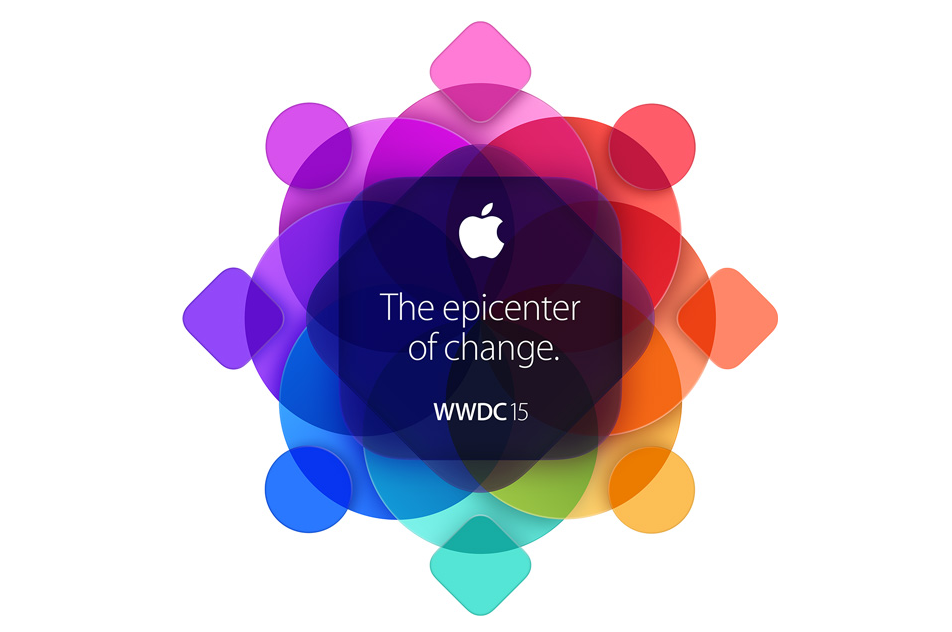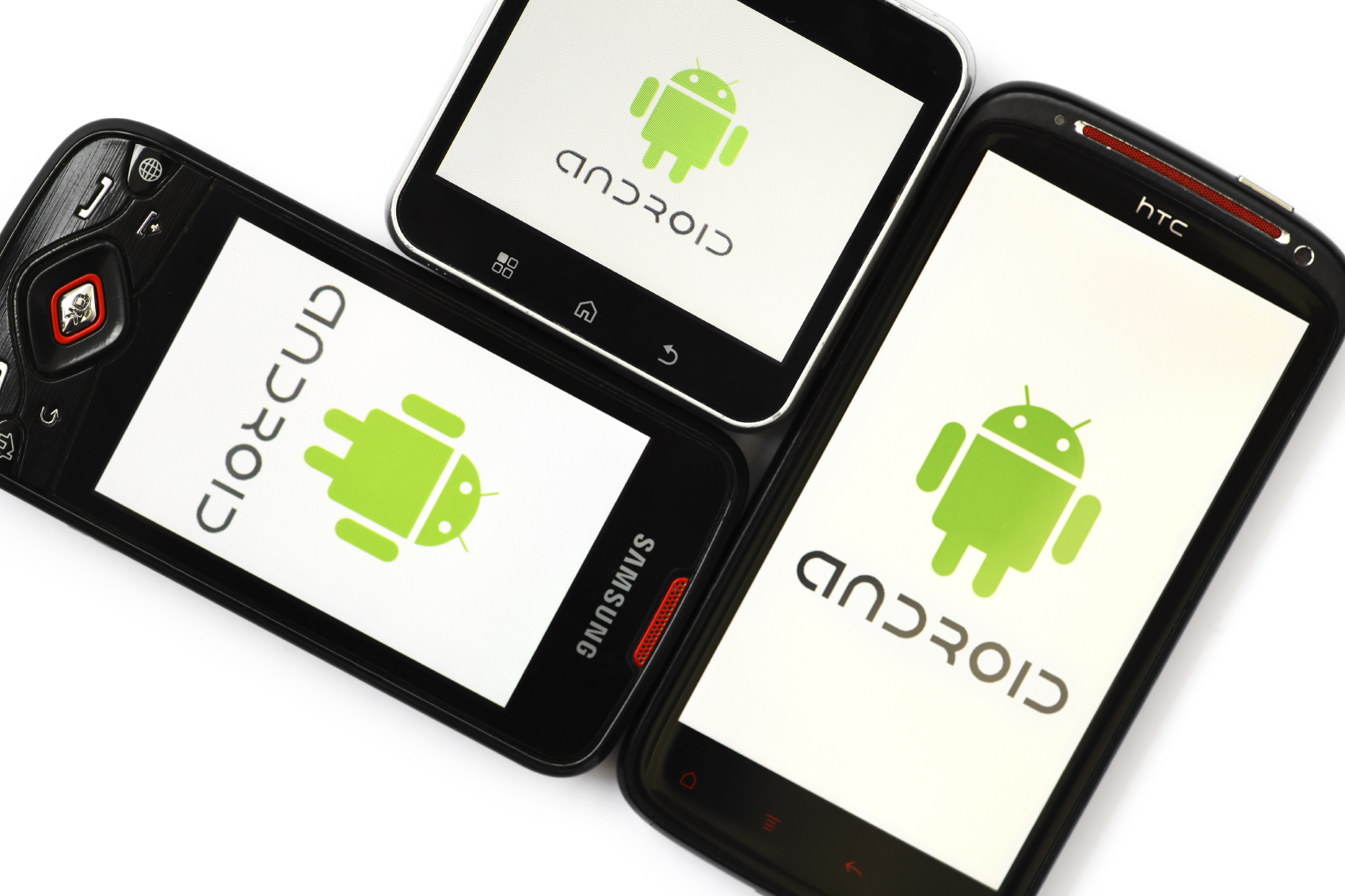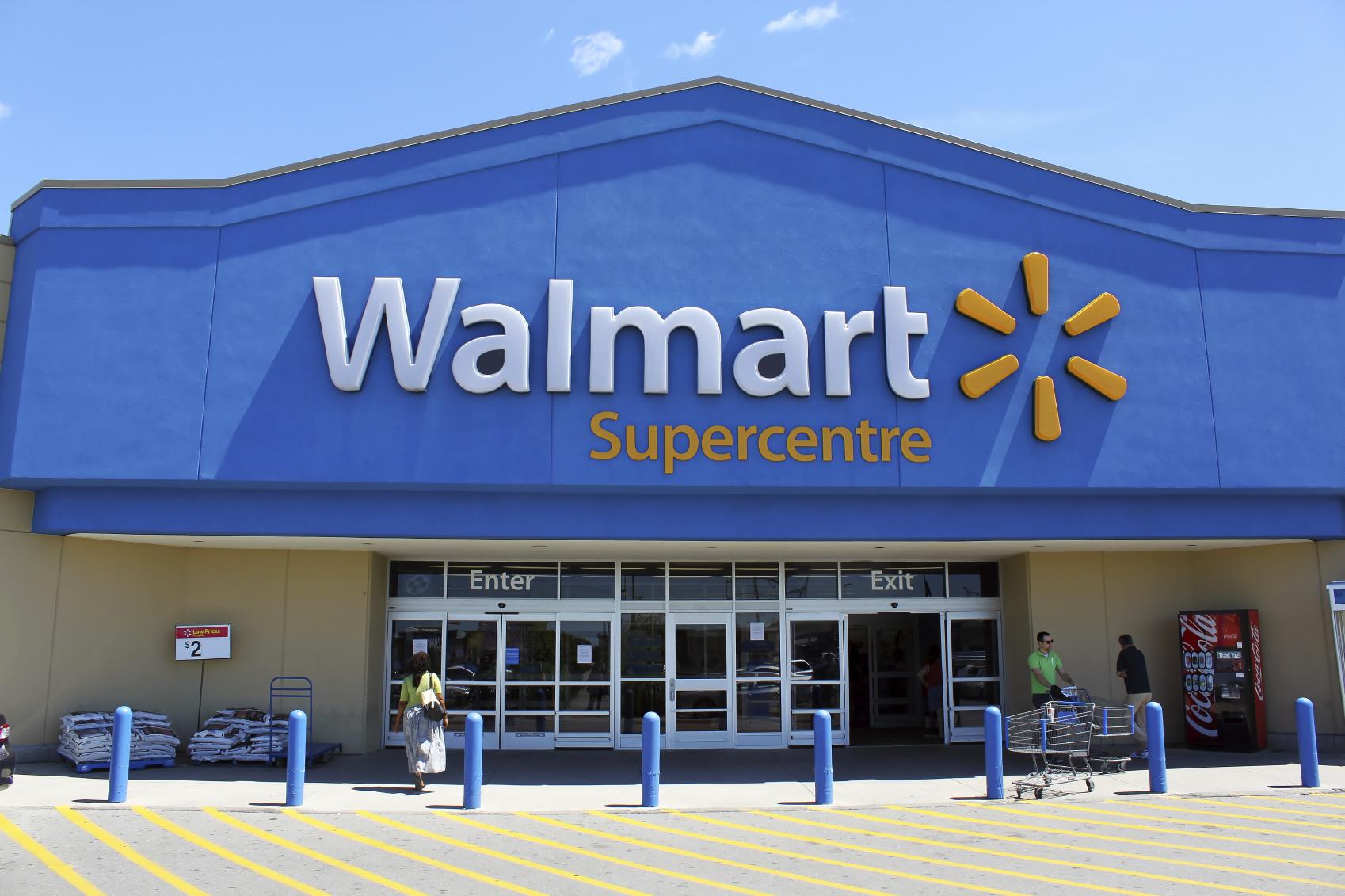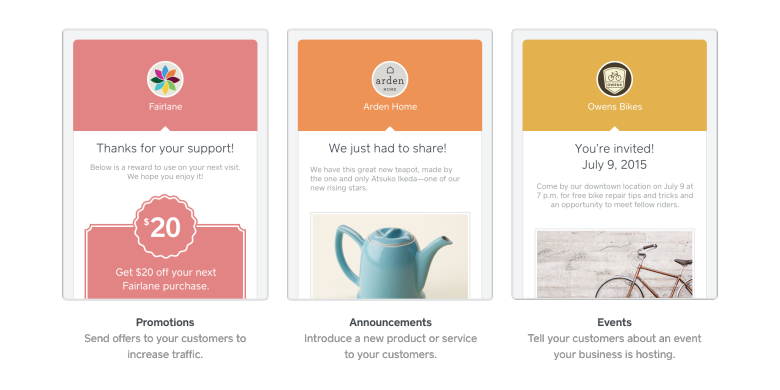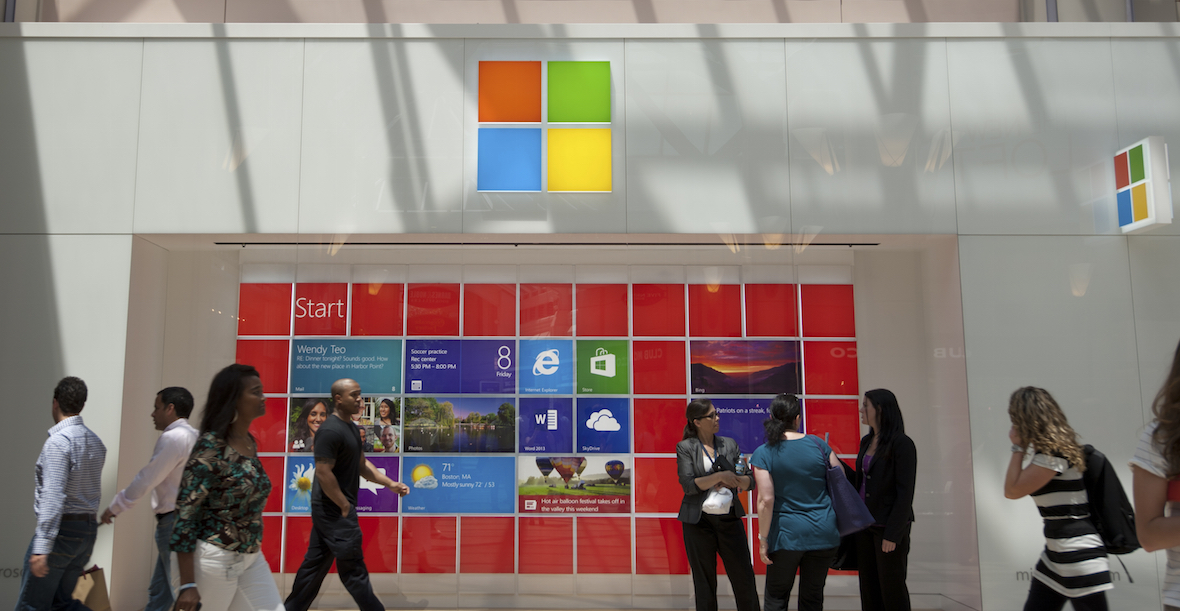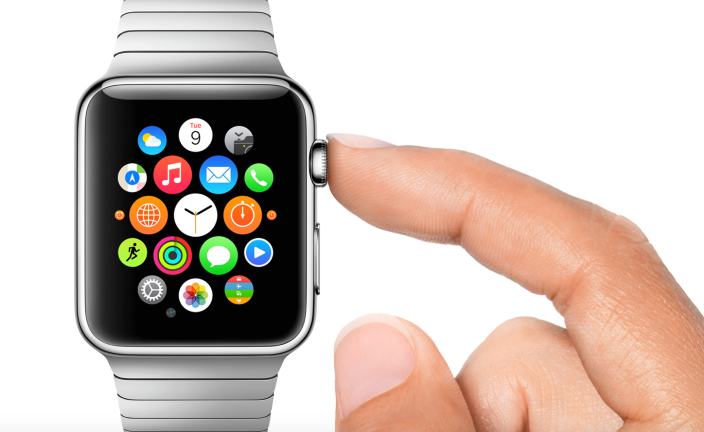Your guide to tech-driven changes in the media landscape by IPG Media Lab. A fast read for you and a forward for your clients and team.
What Apple Announced
“Proactive” Search Extensibility
Apple kicked off the presentation with previews of the next-gen operating systems—OS X El Capitan for laptops and iMacs, and iOS 9 for mobile devices. One feature that stood out was “Proactive Assistant,” a new AI-enabled search for iOS 9, complete with deep-linking capability for apps and even indexed websites. Working with an enhanced Siri, the new search feature is context-sensitive, suggesting apps and content based on time, location, and even user habits.
Enhanced Personalization On Apple Watch
Apple unveiled the new OS for the recently launched Apple Watch, promising to bring more personalization to the device, such as “complications” which display customizable information from third-party apps right on the watch face. The new watchOS also added support for HomeKit, allowing the watch to interact and remotely control the various new sensors and connected devices.
Apple Pay Upgraded To Wallet
Apple Pay got a major upgrade, adding support for loyalty and store cards and more. The prior lack of integration with retailer loyalty programs and CRM systems had been cited as the biggest obstacle to retailer adoption of Apple Pay. These additions will help give more credibility to Tim Cook’s January claim that “2015 will be the year of Apple Pay.”
In an effort to support small businesses, Apple Pay will be compatible with a new reader from Square, launching in the fall. Moreover, Pinterest is integrating Apple Pay with their new buyable pins. Due to all these development, Passbook has been rebranded as Wallet. And, of course, all of these new features will be supported on the Apple Watch.
New Apps for Music and News
By introducing the new Music and News apps, Apple is officially getting into content curation to further enhance its mobile experience. Besides a paid-only streaming subscription service that rivals Spotify, the new Apple Music also puts curated music discovery front and center with a “for you” recommendation channel and a new 24/7 global radio. Similarly, the News app promises content recommendation based on reader interest and editorial curation.
Market Impact
“Proactive” Attack On Google
The new proactive features in iOS 9 are Apple’s take on the same user problems as Google’s new “Now On Tap” feature, as both aim to make use of the massive data that mobile users generate and leverage the behavioral insights into a more anticipatory user experience. As users move away from the mobile web into apps, Apple is deep-linking app content from search results to solidify its app ecosystem and help users find what they are looking for more quickly.
Apple is offering APIs for controlling how content appears in iOS Search. This applies to both websites and apps and amounts to a major new search platform for brands to optimize for. Today, brands have more control of their destiny on iOS than on Android, where Google is holding all the cards.
Making Apple Watch More Brand-Friendly
Allowing third-party complications on the watch face provides brands with a great opportunity to get on the prime real estate on the wrist. For example, Volkswagen’s Remote Control app was featured in the demo, and included a complication which puts the carmaker’s logo prominently on the watch face with the car’s battery charge level. HomeKit integration and native apps, with access to all of the Watch’s sensors, will significantly expand the Watch’s functionality and reach making the platform more valuable for brands to get on board.
Moving Beyond Just Payment
Apple Pay has been making remarkable progress since its launch, set to top 1 million available locations in the U.S. next month*, and now it will soon be making its first overseas expansion into the UK next month in over 250,000 locations, including London’s transportation system. The integration with Pinterest’s buyable pins also points to Apple’s ambition of integrating Apple Pay into ecommerce platforms. More importantly, the new inclusion of rewards and loyalty cards will offer brands a great platform to maintain their relationships with the loyal customers via built-in loyalty programs as well as personalized offers.
Apple Getting Into Content Curation
While it is still early to tell how much impact the Music and News apps will have on the digital publishing and music industry, respectively, Apple is clearly making an effort to take more control over content, taking on competitors such as Spotify and Facebook’s Instant Articles. For content creators, including brands, these could be interesting new channels to connect directly with fans, and, especially in the case of Music, lead to additional commerce opportunities such as ticket sales. It will also affect advertising, as publishers can sell ads directly and retain 100% of revenue, or use iAd and retain 70%.
Our full coverage of WWDC 2015 is here. Please contact Engagement Director Samantha Holland ([email protected]) at the IPG Media Lab if you would like more detail or to schedule a visit to the Lab.
This is the second of our Fast Forward analysis. Please reply with any constructive criticism or feedback. We want these to be as useful as possible for you and your clients, and your feedback will help us immensely. You can read our first Fast Forward analysis on Google I/O Event here.
*Editor’s Note: updated on June 9, 2o15 12:40pm to include stats on Apple Pay in the states.

